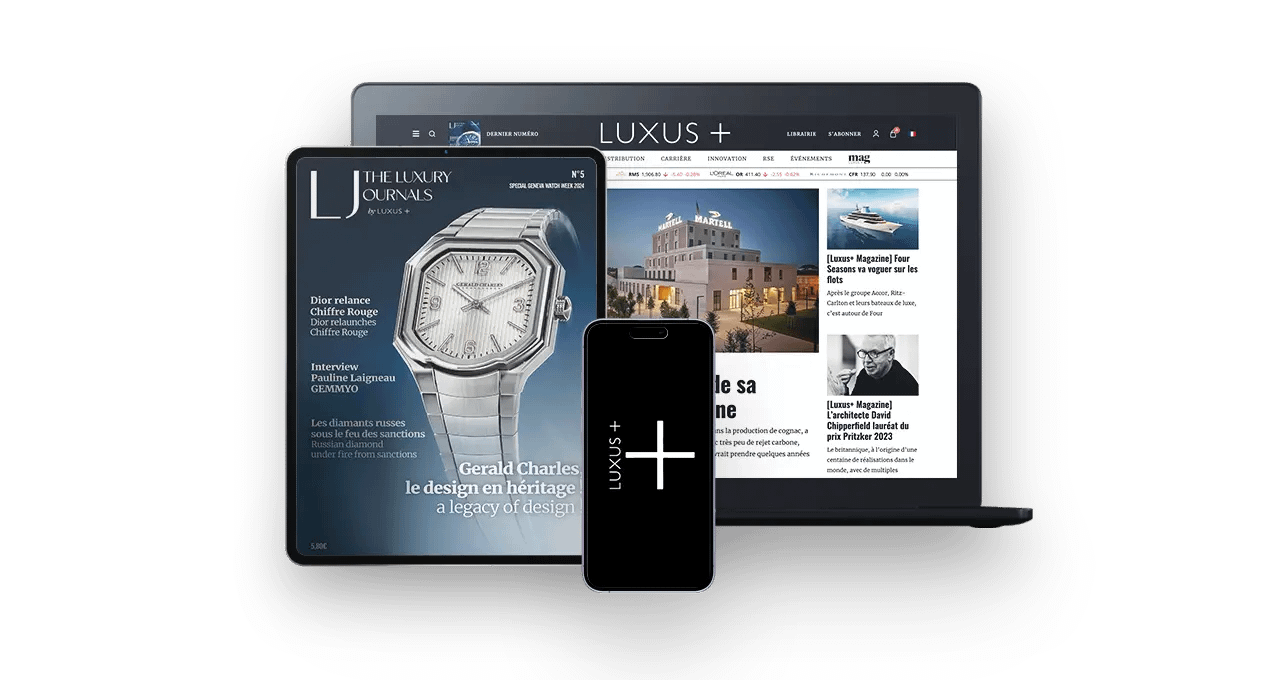What makes a bag desirable? Beyond the brand, how can we explain the incredible success of certain models and their unwavering desirability? This was the question posed by research and consulting firm Promise Consulting and investment firm Bernstein, when they questioned 309 French women.
The aim of the study, carried out by Promise Consulting among CSP+ women, was toevaluate a hundred or so models according to 3 criteria: notoriety, desirability and exclusivity. Underlying all this is the strategy inherent in every brand: how do you make an icon of a bag?
The power of a name
The success of a bag model can hardly be studied in isolation from the brand itself, whose financial and marketing power, as well as its image, are essential contributors. Product quality, the promotion of know-how, frequent and influential communication, controlled, agile distribution, the renewal or creation of prestigious flagships, collaborations with artists (collections) or fashionable architects (flagships) undeniably contribute to the success of the models.
Hermès, Chanel, Louis Vuitton and Dior dominate the ranking
Read also > Second hand: how Vestiaire Collective uses artificial intelligence to boost the shopping experience
Featured Photo: © Unsplash





































